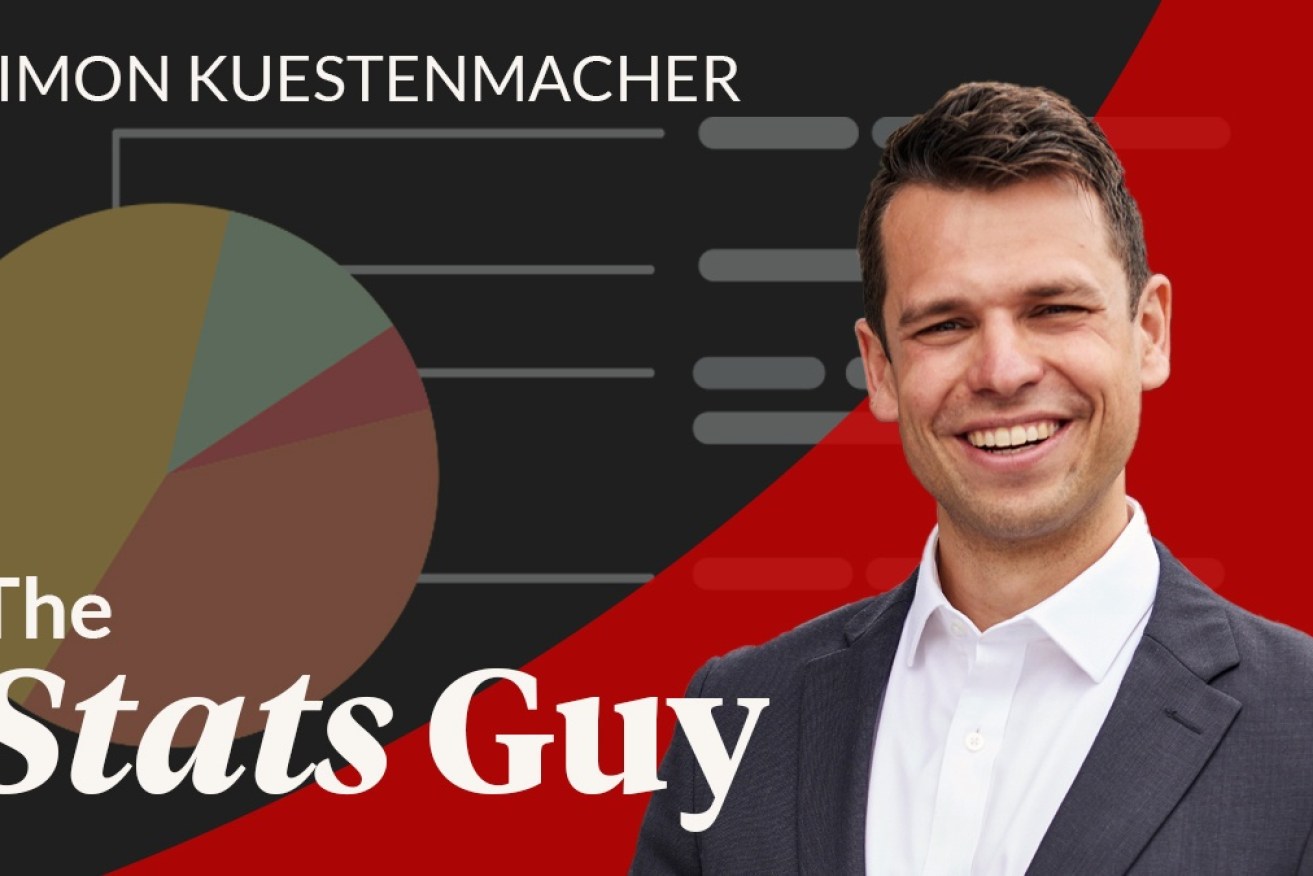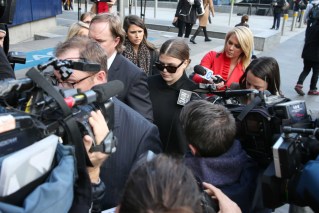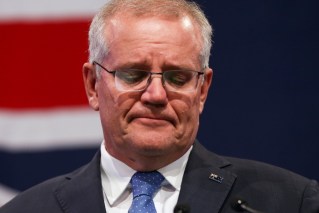The Stats Guy: The Russian and Ukrainian migrants who call Australia home


In a world where trade keeps flowing and businesses keep investing, Australia stands to win, writes Simon Kuestenmacher. Photo: TND
Last week, my column argued that the demographic profile of Russia suggests a window of opportunity for Vladimir Putin to run extended military operations in former Soviet satellite states throughout the 2020s.
This week, we are looking at the Russian and Ukrainian migrants who call Australia home.
Why would you move from Russia or Ukraine to Australia? Better beaches and warmer weather? Maybe, but a look at GDP per capita data suggests that economic opportunities might play a big role.
Census data allows us to see when migrants arrived in Australia.
This chart shows a small peak of Russian migration to Australia between 1947 and 1952. These were mostly refugees from displaced person camps in Germany, Austria and Italy.
By 1952, over 13,000 Russians called Australia home. Some Russian refugees continued to arrive in Australia from exile in China during the 1950s and 1960s.
In the 1980s and 1990s, political unrest coinciding with the fall of the Soviet Union led to an increase of Russian migrants. Over the last two decades, Russian migrants were skilled workers and international students rather than refugees.
Like their Russian counterparts, the first Ukrainians who came to Australia after WWII were refugees from displaced person camps across Europe.
Although this wave of Ukrainians entering Australia featured priests, lawyers, doctors and engineers, the majority were farmers.
By 1954, almost 15,000 people born in Ukraine lived in Australia.
During the Soviet era, few Ukrainians moved to Australia. Those who did were mostly Ukrainian Jews. After the fall of the Soviet Union, migration from Ukraine increased as skilled workers and family migrants made their way to Australia.
Among international students, we count fewer Ukrainians than Russians today. This is likely to be explained by the lower GDP per capita figures seen in the first chart. There are much fewer Ukrainians than Russians who can afford the hefty international student fees charged by Australian universities.
Up until 2002, the Russian and Ukrainian diaspora in Australia both were about 17,000 people strong.
Over the last two decades, the Ukrainian population stayed stable (17,000) while the Russian population nearly doubled (29,000).
As of the 2016 Census, 50,000 people in Australia spoke Russian at home while 8,000 people spoke Ukrainian at home.
Russian is the official language of Belarus, Kazakhstan, and Kyrgyzstan, too, so migrants from these countries are also likely to speak Russian at home.
The age profiles of Russians and Ukrainians in Australia differ very much from the national average. Russians in Australia are younger with the most common age being 33.
In 2016, many more Russians (31 per cent) than Ukrainians (21 per cent) were millennials. The two big spikes in the Ukrainian population are at 78 and 90.
The different interests and worldviews that Russian-Australians and Ukrainian-Australians might have are more likely due to their huge generational gap than cultural differences.
Most Russians living in Australia have no lived experience of the Soviet Union and are likely rather progressive in their worldviews – the data provided here of cause doesn’t show that, but one is tempted to speculate.
Russians tend to move to the warmer Australian states. The Russian capital of Australia is Sydney where, as of the 2016 Census, about 6700 Russians lived. Brisbane and Perth also feature dominantly.
Ukrainians seem to be happier in cooler climates. The Ukrainian capital of Australia is Melbourne with about 5000 migrants. Queensland and its warm climate appear to be less of a drawcard for Ukrainians than for sun-loving Russians.
Compared to the national average, migrants from both Russia and Ukraine are extremely educated. Twenty-five per cent of the relevant Australian population holds at least a bachelor’s degree, but a whopping 60 per cent of Russians and 48 per cent of Ukrainians can boast academic credentials.
Being educated populations, it is no surprise that migrants from both Russia and Ukraine end up in highly paid, skill level 1 jobs.
A massive 43 per cent of all Russian workers in Australia are employed in highly paid, skill level 1 jobs – only to be outdone by the Ukrainians (47 per cent).
Both migrant cohorts perform much better than the Australian average of 32 per cent. Of course this is to be expected in a migrant nation where the goal is to attract highly skilled workers from overseas.
If you want to learn why skill levels are my favourite indicator regarding the Australian workforce and why the success of your business depends on them, have a read of my previous column on the topic.
Why did we go through all the trouble of learning about the Russian-born and Ukrainian-born populations in Australia? After all, they are just two relatively small groups that didn’t shape the Australian culture, nowhere near as much as the Italians, Greeks, Chinese or Indians.
My hope is that reading demographic data about Russians and Ukrainians in Australia reminds us that any war is always between humans.
We must not confuse the actions of a government with the actions of its people.
When we say Russia is engaging in an unjustified war, we really mean the Kremlin or Putin is engaging in such a war.
Now more than ever, such nuance is important. The world does not stand united against Russia, but stands united against a small warmongering elite in Russia.








